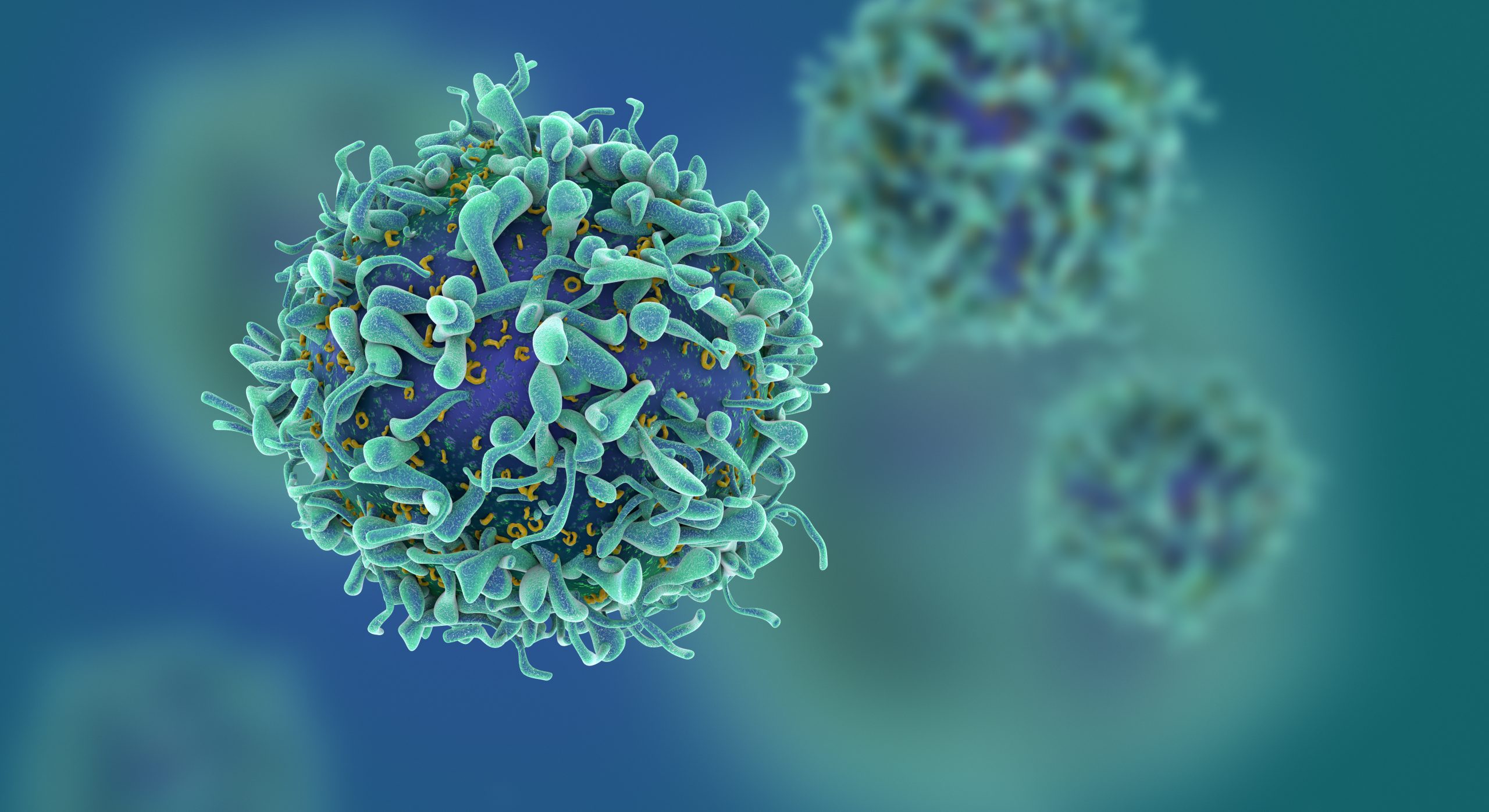Overcoming Development Hurdles Through Partnerships
The average cost of a drug from development to commercialization is US$1 Billion. It takes on average ten (10) years for a new drug to reach the clinic. Only 1 in 10,000 of these drugs will make it on to the market.
With such a high rate of attrition, increase your likelihood of success, by moving one of our pipeline assets forward into the clinic.
Check out our list of candidates available for licensing below.
Licensing Opportunities
Check out the list of the current programs that are available for licensing.
Description. A potential first in-class small molecule kinase inhibitor that targets transforming growth factor-beta (TGF-β) signaling pathway. The inhibitor can be used alone or with PD1/PD-L1 inhibitors to increase the efficacy of immune checkpoint inhibitors.
Therapeutic Area. Oncology
Stage of Development. in silico
Description. Drug resistance is the major challenge for targeted therapeutics such as kinase inhibitors. The acquired mutation on the ATP-binding site often weakens or eliminates the kinase inhibitor binding. The novel PS-0080 allosteric tyrosine kinase Inhibitor can overcome the ATP-binding site drug resistant mutations..
Therapeutic Area. Oncology
Stage of Development. in silico
Description. A small molecule kinase inhibitor that targets the drug resistant EGFR T790M mutant.
Therapeutic Area. Oncology
Stage of Development. in silico
Description. Multiple signaling pathways are often deregulated in many types of cancers. Selectively inhibiting multiple oncogenes with a single drug has significant advantages over drug combination approaches.
Therapeutic Area. Oncology
Stage of Development. in silico
Description. PS-2018 is the first small molecule inhibitor designed to inhibit the spike protein and ACE2 interaction. All other therapeutics under development are biologics such as soluble ACE2 or antibodies against either the spike protein or ACE2. Our small molecule approach is expected to have significant advantages over biologic candidates for safety, ease of administration, and cost-effectiveness.
Therapeutic Area. Infectious Diseases
Stage of Development. in silico
Description.Although some protease inhibiting drugs such as camostat and nafamostat have been repurposed as TMPRSS2 inhibitors, their efficacy and selectivity are not ideal. Thus, there is a desperate need for specific and potent TMPRSS2 inhibitors.
Therapeutic Area. Infectious Diseases
Stage of Development. in silico
Latest News.
VANCOUVER, November 3, 2020 / Pharmasilico, the AI-based drug discovery company, is pleased to announce that they have leveraged their proprietary AI platform to identify 22 candidate drugs that could be effective in combating the current global COVID-19 pandemic. Twelve…
Offering Hope For a Healthier and Happier Future
4250 WESBROOK MALL VANCOUVER, BC CANADA V6T 1WT
© Pharmasilico

